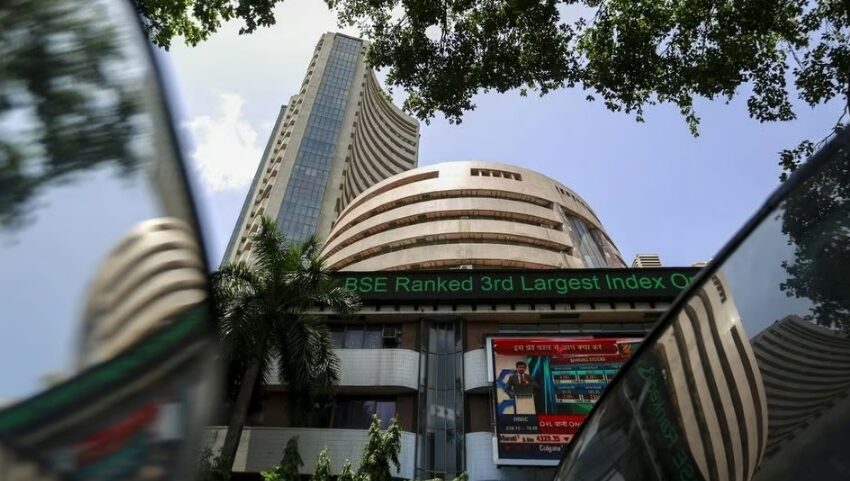
Sensex, Nifty Slide Over 1% as Fed’s Hawkish Stance Weighs, Mark Fourth Consecutive Loss
At the close of trading, the Sensex dropped 1.2%, shedding 964 points to settle at 79,218, while the Nifty fell 1.02%, losing 247.6 points to end at 23,951.25. In the broader market, the BSE MidCap and SmallCap indices saw modest declines of 0.3% each.
India’s benchmark indices, Sensex and Nifty, tumbled over 1% on December 19, marking their fourth consecutive session of decline, as global market weakness weighed heavily on investor sentiment. The downturn followed the US Federal Reserve’s cautious outlook on rate cuts, which dampened optimism. The Fed now forecasts only two rate cuts in 2025, down from its previous projection of four, a revision that unsettled markets worldwide.
At the close of trading, the Sensex dropped 1.2%, shedding 964 points to settle at 79,218, while the Nifty fell 1.02%, losing 247.6 points to end at 23,951.25. In the broader market, the BSE MidCap and SmallCap indices saw modest declines of 0.3% each.
Global equities faced a broad-based selloff after the Fed’s updated 2025 dot plot disappointed investors. US benchmarks plummeted 2.5-3% overnight, while major indices in Asia, including Japan’s Nikkei 225, South Korea’s Kospi, Hong Kong’s Hang Seng, and China’s CSI 100, opened sharply lower.
The Fed cited persistent upside risks to inflation in 2025, adopting a measured “wait-and-watch” approach as it navigates uncertainties surrounding the economic policies of the incoming Trump administration. These policies—encompassing tax cuts, higher tariffs, deregulation, and stricter immigration measures—present a complex mix of implications for growth, employment, and inflation.
Acknowledging these challenges, the Fed revised its forecasts, projecting higher inflation and growth alongside lower unemployment. This cautious stance underscores the central bank’s recognition of heightened economic uncertainty and its intent to balance inflation risks with evolving policy developments.
Markets were plundered tracking negative global cues as benchmark indices slipped below their psychological levels on broad-based selling after the US Fed’s hawkish stance raised concerns over further rate cuts next year. Rising US bond yields have pushed global currencies, including the rupee to new lows while renewed foreign fund outflows from domestic equities could prompt investors to turn risk averse.

